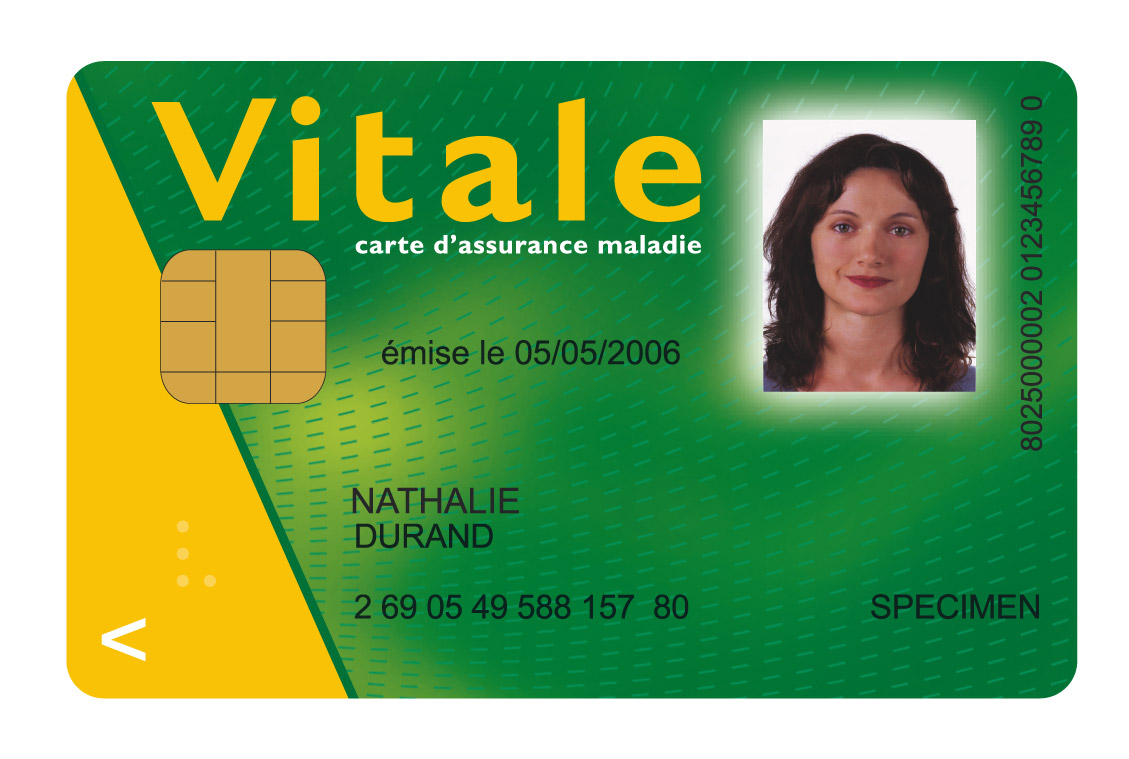Change is a result of access to information. The accelerated rate of societal change from the middle ages to present is likely a result of access to written information. During that period we experienced the invention of the printing press, increased rates of literacy, and greater emphasis on individual pursuit of knowledge. Today we see the manifestation of accelerated change with the torrent of information available along the information superhighway. Access to information is a means to level the playing field of opportunity for humanity. As social change makers, access to information should be a top priority.
Art in all forms is a medium to convey information. As noted above, we certainly recognize that art packaged in the written word is information, but do we understand that rhythm, color, and choreography also convey powerful messages? Literacy with respect to written words is important, but what about literacy in visual art, performing art, and music? Do we miss an amazing opportunity to convey ideas that go beyond the spoken word when we neglect other forms of “literacy”? I think as social change makers we must consider access to art a fundamental right.
What does making access to art a fundamental right look like?
We must first consider where “art” presently resides. It is everywhere but stereotypically speaking art resides in buildings. More specifically art resides in museums, galleries, music venues, and theaters. How do we provide greater access to these buildings? We must remove barriers to entry. Many of our Baltimore institutions have realized one of the barriers as economic. As a result their visionary leadership has made the collections accessible for free at various times. This model may seem flawed, but historically speaking admission fees are not what keeps the lights on at cultural institutions. There is opportunity to explore new business models that make art more economically accessible.
A static location is also a barrier. Despite living in the age of automobiles, many cultural venues are not accessible to the audiences most in need of their information. It is not reasonable for an institution to regularly move their collection, scale their operations, or worry about the next venue for their performance. But what would happen if we re-imagined how an institution shares its work? What would happen if we went beyond the walls? The Walters Art Musuem in Baltimore is exploring that question with their “off the walls” exhibit. They have placed replicas of their collection in public places beyond the museum walls. Another example of beyond the venue thinking is Performance Kitchen. They are exploring what heightened audience engagement is, including bringing art to audience instead of bringing audience to art.
Most importantly, artistic literacy is a barrier. I do not propose to be an expert on education, but I do see a flaws in our educational system. One of those major flaws is the lack of value placed on art. This manifests in many ways. It is the cutting of arts programs in schools but it is also reinforced on our streets. If you look around at our opportunity for art in public places it is as if we have settled for Dick, Jane and their dog spot. All too often we expect our public art to be cute, aesthetically pleasing, and easy. We expect that the art empowers the community for a moment in time but never allows them to grow. We need to challenge society and let them achieve Mark Twain and maybe even James Joyce level art work on our streets. There is opportunity to expand conversation by pushing artistic bounds.
There are barriers to making art a right for all populations. But the opportunity for change through artistic literacy and access to art should make it a top priority of anyone in pursuit of impact.

